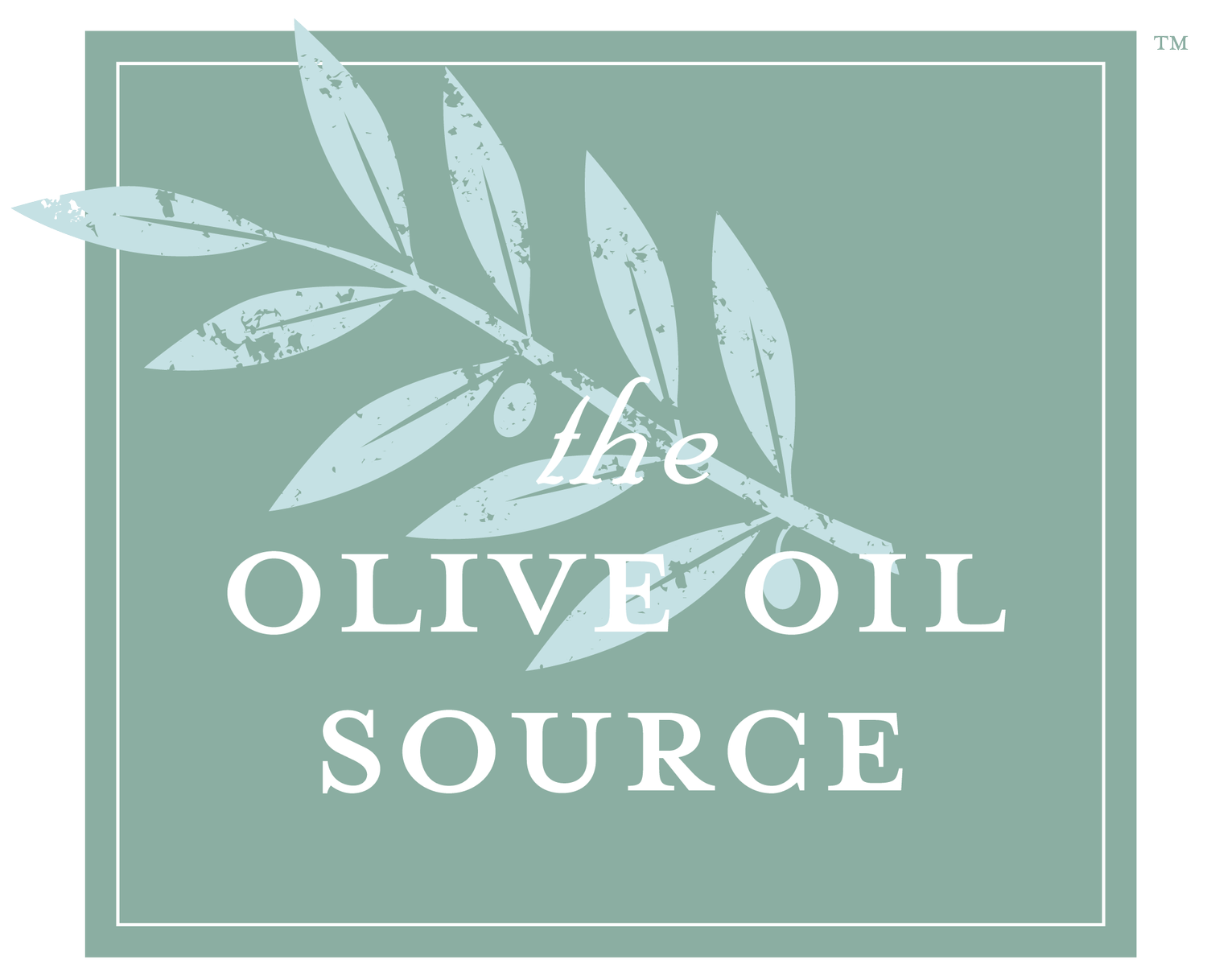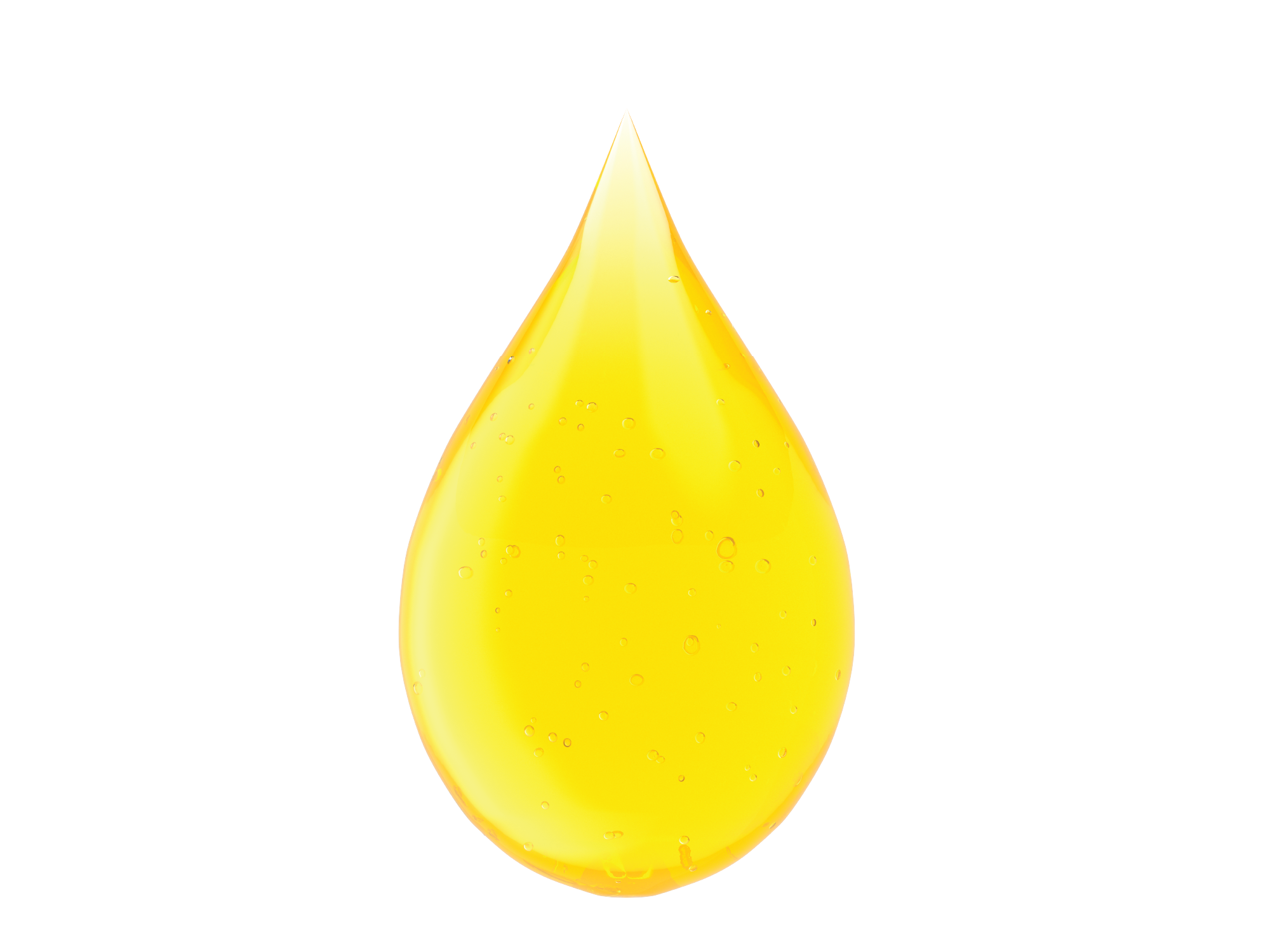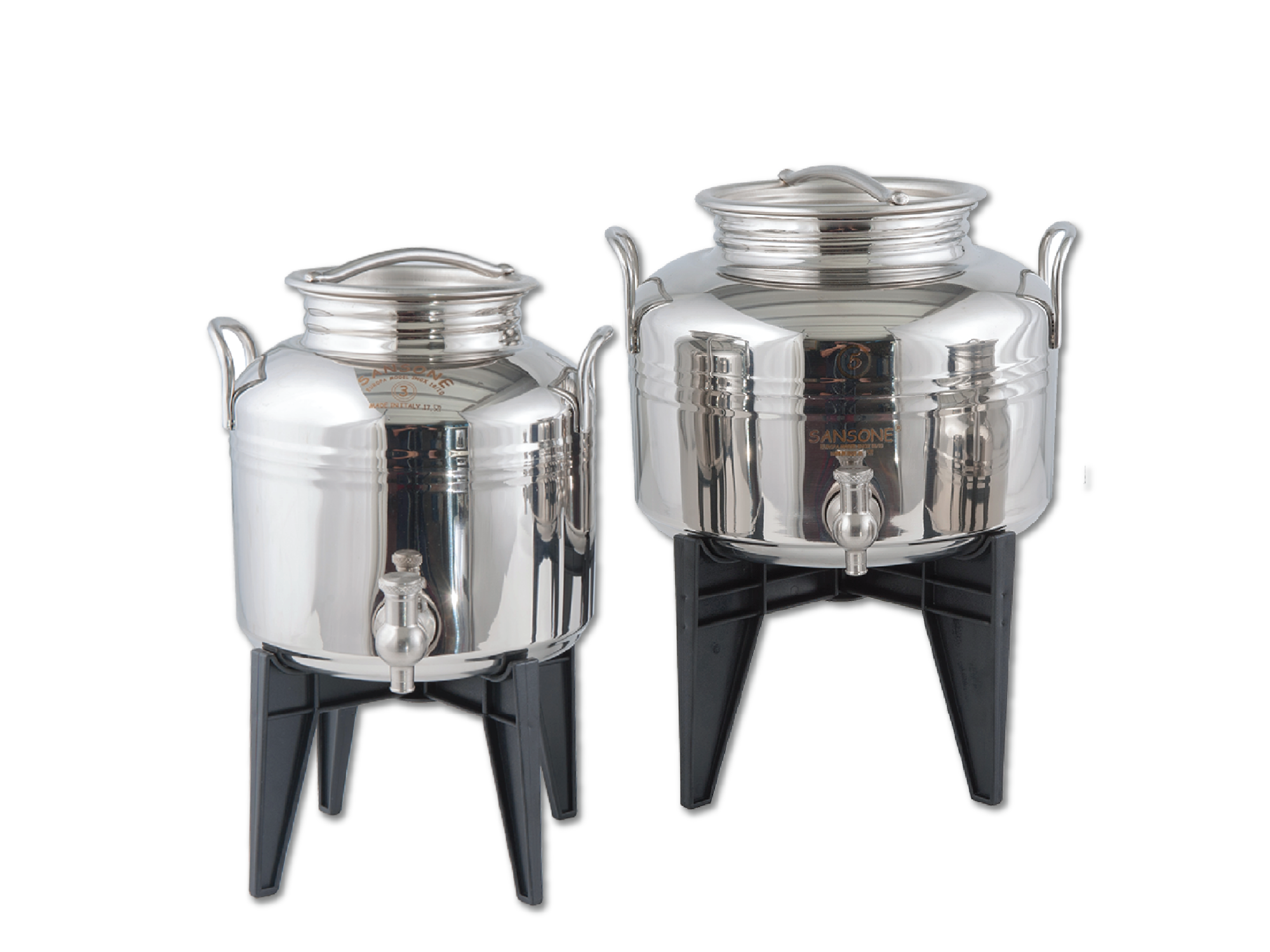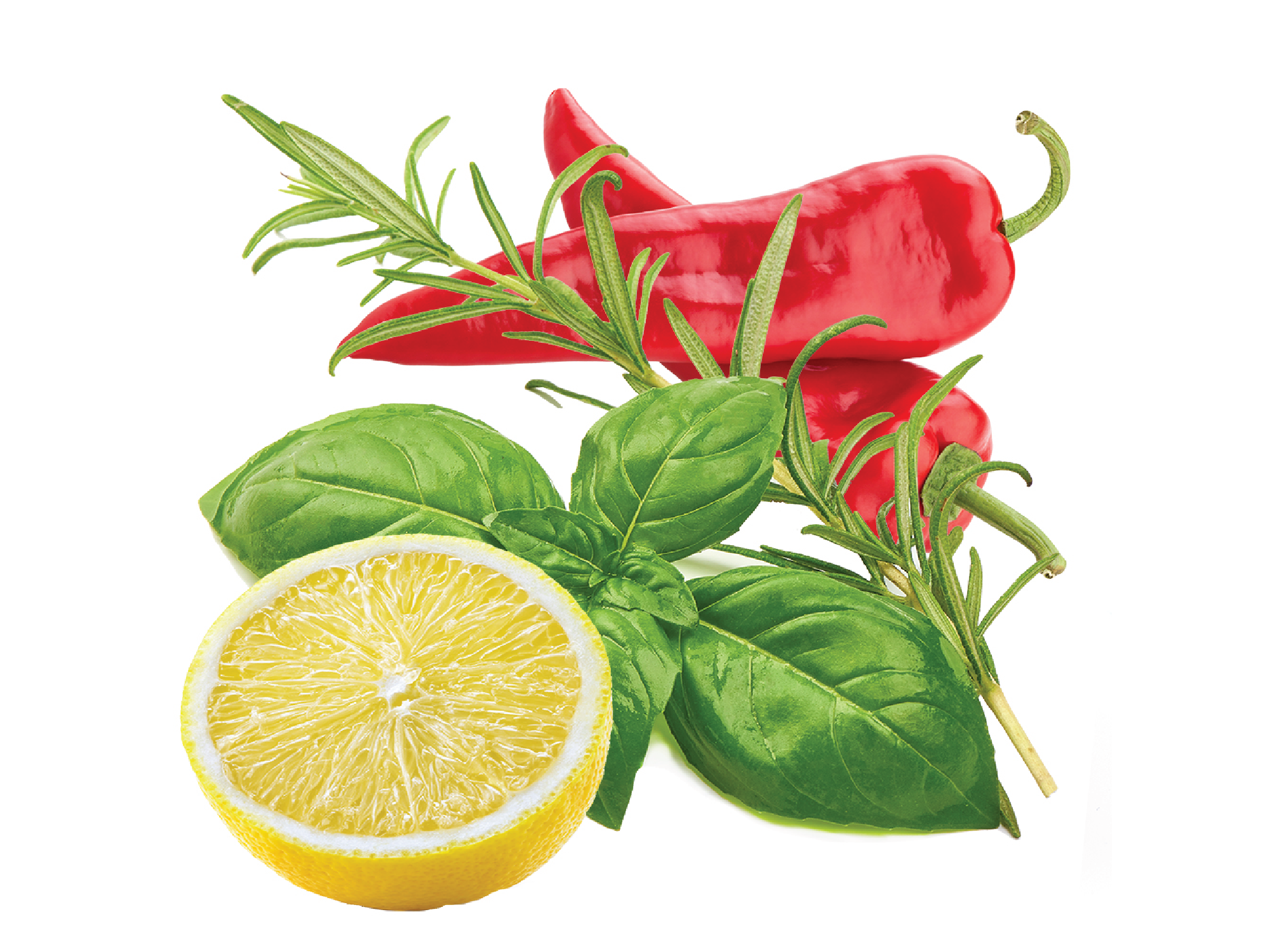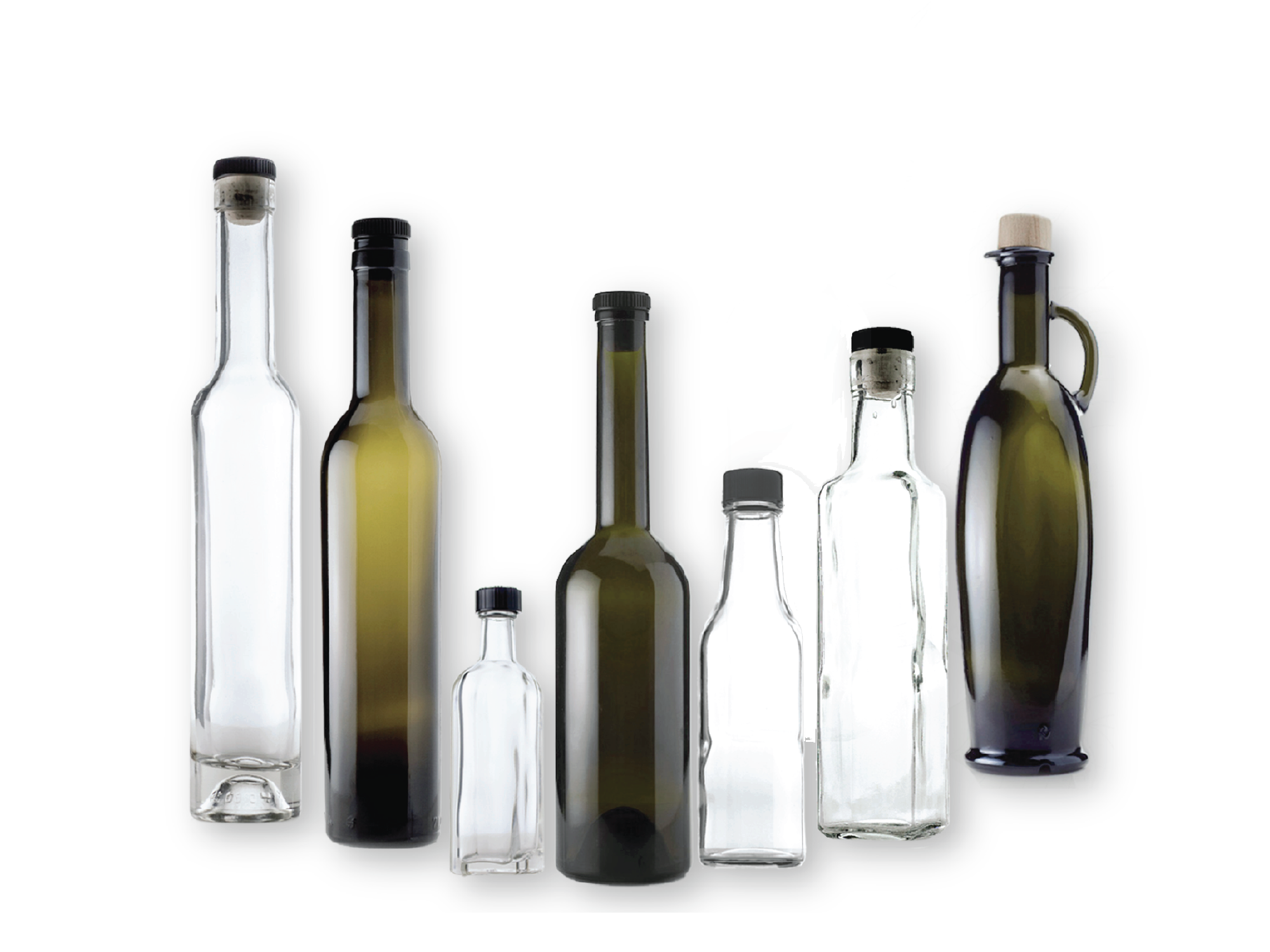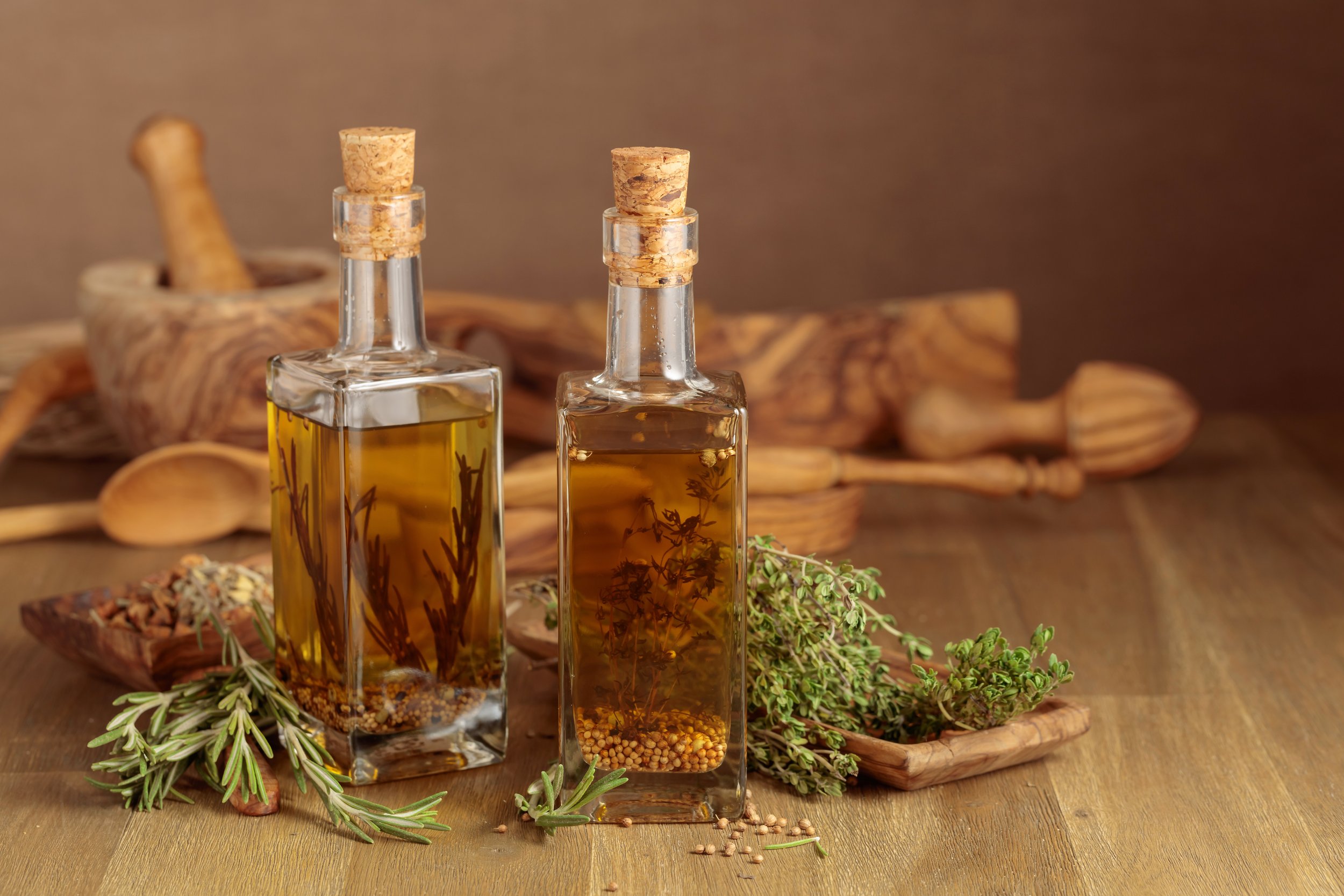
Infusing Olive Oil
It is possible to make excellent infused oil at home using dried wild herbs. The intensity of the flavor varies with the season, whether the herbs are wild or domestic, how the local growing conditions have been, etc. It takes a lot of trial and error. It is more art than science and the people who are good at it are reluctant to share their trade secrets. The oil will pick up the flavor fairly quickly, in the first few weeks, and then slowly intensify. It is fine to leave the herbs in for a long time; eventually all the flavor leaves the herbs and the oil flavor stabilizes. Most oil sellers keep it simple and use one herb at a time. We have seen smoke flavoring added to an herb or peppers added to any one of the herbs. When mixing herbs, think salad dressing. Look at some recipes for dressing and substitute the dried herbs for any fresh herbs called for in the recipe. A dipping blend is like an Italian dressing with much more oil than vinegar.
Flavored olive oils and dressings make great gifts but watch out; there are safe and unsafe ways to make infused olive oil. The unsafe way is to put anything in the oil that contains any trace of water or moisture. That would include garlic, lemon peel, fresh peppers, fresh herbs and spices. The oil will not support bacterial growth but the water containing herbs will. Botulism bacteria can grow in this type of environment, even in a sealed bottle. There are several things you can do to avoid this problem.
1. Mix all the ingredients, refrigerate them and use them within a week
This is the best way if you are using fresh ingredients such as fresh basil, fresh rosemary or garlic. Garlic is ideal for adding to pasta dishes, that you can then top with a little grated dry cheese. Fill a decorative 1-litre bottle with extra virgin olive oil. Add a clean head of garlic (whole if desired), and leave to marinade for a few days. You can also use lemon peel, fresh or dried peppers, ginger, rosemary sprigs, etc. Alternatively, you can use a recipe for Italian salad dressing but cut down on the vinegar or lemon juice.
2. Preserve the added ingredients
Maybe you have seen garlic or herbs mixed with oil. The way it is done commercially is to first preserve the water-containing garlic, herb, etc. with a strong brine or vinegar solution, then put it in the oil. The vinegar solutions used commercially are up to 4 times stronger than the vinegars you find in the supermarket. You can find them at commercial food supply outlets. Many of the herb mixes have both salt and vinegar which both prevent bacterial growth. Commercial vinaigrettes and sauces also have chemical preservatives not usually available to the home cook.
Buy Extra Virgin Olive Oil
~
Buy Fusti
~
Buy Flavored Olive Oil
~
Buy Bottles
~
Buy Extra Virgin Olive Oil ~ Buy Fusti ~ Buy Flavored Olive Oil ~ Buy Bottles ~
3. Dry the herbs to remove all water, leaving the essential oils
This can be done with a food dehydrator or just by leaving in the sun. After the spices and herbs are dry, you can add them to the olive oil. Whole sprigs of thyme, rosemary, dried peppers, etc. can decorate the inside of the bottle this way.
4. Press the olives with the spices
Putting lemon, garlic, etc. in the olive press with the olives is the safest way to flavor oil. You must have your own olive press. The oils from the added ingredients mingle with the olive oil and the watery part of the spices is removed along with the olive water.
You could add essential spice oils to the olive oil to achieve the same effect.
